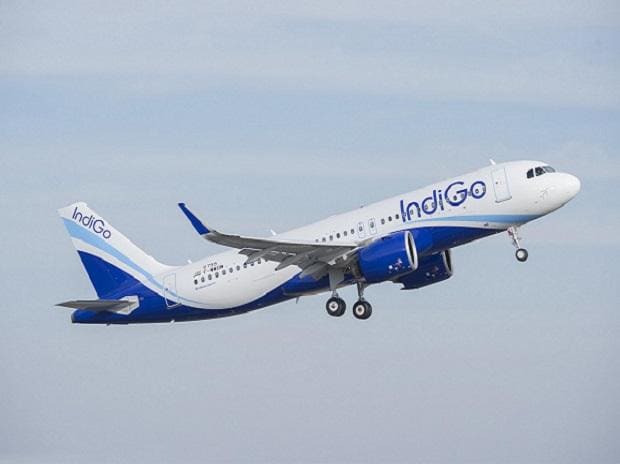[ad_1]
IndiGo’s net loss widened by 10.28 per cent to Rs 1,583.2 crore in the second quarter of FY23 as against the corresponding period last year due to rupee depreciation and high fuel prices.
“While fuel and forex continue to pose headwinds, we are reasonably confident we will return to operational profitability in the third quarter,” Gaurav Negi, chief financial officer, IndiGo, told investors in a conference call.
About 40 per cent of an Indian airline’s expenditure goes in purchasing fuel. Moreover, a significant part of expenditure is for aircraft lease rental payments in foreign exchange. Hence, high fuel prices and rupee depreciation affect an Indian carrier’s profitability.
While IndiGo’s sales jumped to Rs 12,497.5 crore in Q2, its expenses rose to Rs 14,435.5 crore in the same period (see table).
This is primarily due to fuel expenses, which jumped 214.4 per cent to Rs 6,257.9 crore.
Negi said IndiGo was witnessing good momentum on its demand parameters and uptick in revenue metrics in Q3, which is a peak festive and holiday season.
“At this point, we are balancing yields and loads to maximise the overall revenue,” Negi added.
The yield is average revenue earned from each passenger for one km of air travel.
Pieter Elbers, chief executive officer (CEO), said “the depreciation of the rupee and the high fuel prices continue to be major headwinds to our profitability and remain a concern”.
Elbers, who took charge as IndiGo CEO on September 6, said the airline continued to recover from the effects of the pandemic and had deployed more than its pre-Covid capacity.
However, Elbers said aviation in India was recovering faster than it was doing globally. IndiGo flew 75 per cent more passengers (19.7 million) in Q2 this year.
Its load factor increased from 71.1 per cent in Q2 last year to 79.2 per cent in Q2 this year.
Elbers talked about the carrier’s grounded planes due to engine-supply issues.
“One of the key after-effects of the pandemic on the aviation industry is the supply-chain disruptions in aircraft manufacturing and subsequent shortage of spare engines worldwide. This has affected our operations due to the grounding of aircraft and has impacted our ability to fully deploy capacity productively,” he added.
The airline is looking at options to mitigate the shortfall in capacity deployment such as slowing its redeliveries by extending the leasing period and evaluating the wet lease option, he said.
In wet lease, the lessor provides the flight crew along with the plane. Elbers did not mention how many of the airline’s planes were grounded due to engine-supply issues.
“International air travel has demonstrated a strong recovery and we believe that this will last. The domestic demand continues to rise in the upcoming festive and winter season,” he said.
IndiGo’s cash reserves increased from Rs 16,553.9 crore in Q2 of FY22 to Rs 19,660.6 crore in Q2 of FY23.
Mansi Lall, research associate, Prabhudas Lilladher, said: “We believe that IndiGo remains the best placed among its peers with more than a 55 per cent market share. Airlines have taken multiple price hikes against the rising fuel costs. Despite this, factors like revenge and corporate travel are supporting the demand. Crude oil cost softening can aid margins in the quarters ahead.”

[ad_2]
Source link



